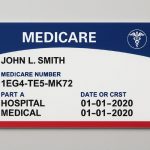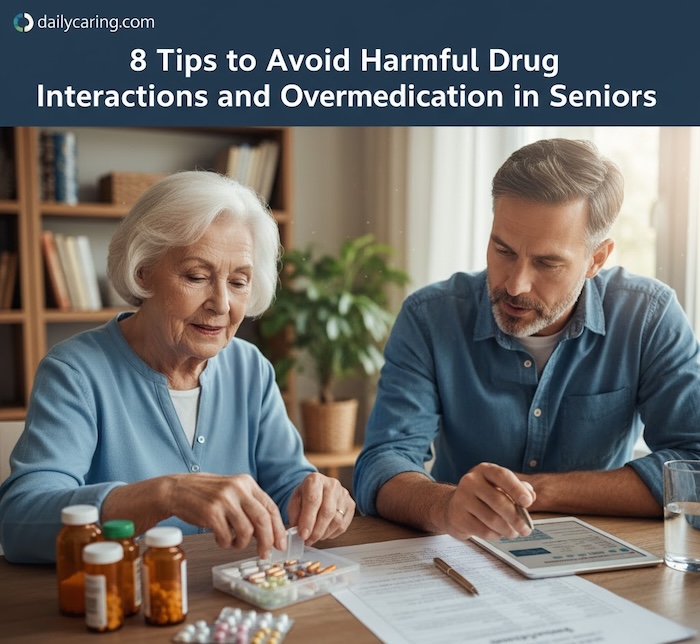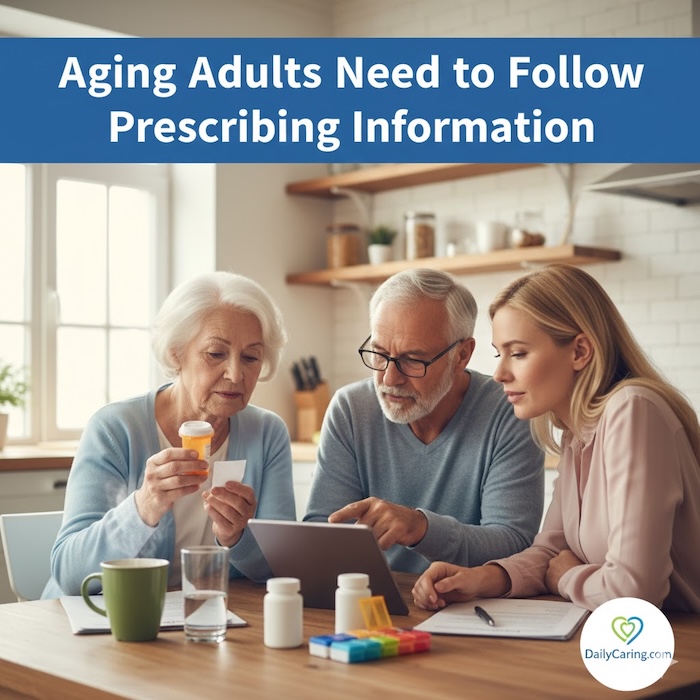
Getting prior authorization for medication can be inconvenient, stressful, and even delay treatment. BuzzRx explains what it is and shares 3 ways to get prescriptions if you can’t wait for prior authorization.
Prior authorization for medication can cause unpleasant surprises at the pharmacy
Imagine that you’re at the pharmacy to pick up prescription medications, right after a doctor’s visit.
Nothing seems out of the ordinary until the pharmacist informs you that insurance doesn’t cover the new medication and a prior authorization is required (also known as pre-authorization or precertification).
Because of this, you’ll have to come back at another time to pick up the new medication. A moment of panic sets in because this medication is supposed to be started immediately.
What is prior authorization for medication?
If this has happened to your older adult or to you, you are not alone.
According to the Kaiser Family Foundation, nearly all Medicare Advantage enrollees are in a plan that requires prior authorization.
In this scenario, you’ll likely ask the pharmacist, “what is prior authorization and how long does it take?”
Prior authorization is how the health insurance company makes sure a particular medicine is “medically necessary.”
The process of prior authorization serves as a checkpoint to ensure that patients are receiving the appropriate treatment and that there isn’t a lower-cost alternative available that would work the same way.
For instance, your insurance company may require prior authorization for a brand-name medication if a lower-cost generic version of the drug is available.
However, getting a prior authorization can be inconvenient, stressful, and even cause problems if the prescribed medication needs to be started right away.
How to get prior authorization for medication
If prior authorization is required, one thing to know is that the doctor’s office, specifically the provider who prescribed this new medication, is responsible for filling out the appropriate forms and submitting all supporting documentation.
This may include progress notes, laboratory results, imaging (MRI, X-Ray, etc.), and possibly, evidence that the patient has “tried and failed” other medications.
After dropping off the new prescription, the pharmacy’s claims process will let the pharmacy staff know if prior authorization is required.
Once this happens, in addition to informing you, the pharmacy staff will communicate with the doctor’s office about this requirement.
Pre-authorization can take between two to 10 business days, depending on your insurance provider and doctor’s office.
It is a common misconception that prior authorization is the local pharmacy staff’s responsibility. It must be completed by the healthcare provider’s office.
Once the prior authorization request is approved, the usual prescription co-pay still applies.
3 options if prior authorization for medication is denied
If the prior authorization request is denied, you have three options.
- Appeal the decision with the insurance provider (and wait for approval to get the medication)
- Change to a generic medication that insurance will cover (always consult with the doctor)
- Pay 100% of the medication’s cost out of your own pocket
3 things to do if you can’t wait for prior authorization approval
If pre-authorization will take too long or the insurance provider denies covering the medication after appeal, consider these 3 tips to get the needed medication right away at a lower cost.
1. Use a prescription discount card
These free, ready-to-use cards can be used by anyone, whether insured or not, and are accepted at most national pharmacy chains.
These cards can often save up to 80% on prescription medications.
Medication prices can vary significantly by pharmacy, so cardholders should use price tools to look up savings by their zip code to maximize getting the best deal.
For example, Eliquis is one of the most filled Medicare Part D medications, yet not all insurance providers will cover this blood-thinning medication.
2. Manufacturer patient saving programs
Brand name drug makers sometimes offer savings programs so patients whose insurance providers won’t cover a medication can still obtain it at a low or no cost.
Often these patient-saving programs will be listed on the pharma company’s website and patients can enroll online.
Approvals for these programs are typically instantaneous. Then you’ll get a code to share at the pharmacy to get the discount.
3. Nonprofit patient assistance programs
Several nonprofit organizations have missions to help patients access treatments by assisting with out-of-pocket costs.
These programs can be beneficial for those seeking assistance covering costly new brand-name medications such as those used to treat cancer.
The PAN Foundation is one popular patient assistance nonprofit that has helped many Americans.
Medicare also has a helpful patient assistance lookup tool where you can search by the name of the drug you need help affording. Sometimes these programs require patients to be under certain income thresholds.
Recommended for you:
- How Seniors Can Get Help Paying for Prescription Drugs
- 5 Options for Drugs Not Covered by Medicare
- 6 Common Medication Problems in Seniors and 6 Ways to Solve Them
Guest contributor: HaVy Ngo-Hamilton, Pharm.D, is a Clinical Consultant at BuzzRx. She has experience in both hospital and ambulatory care settings and is passionate about leading patients on a path to better health through medication therapy management and lifestyle counseling. She graduated from Auburn University Harrison School of Pharmacy with a Doctor of Pharmacy (Pharm.D.) degree.
This article wasn’t sponsored and doesn’t contain affiliate links. For more information, see How We Make Money.












